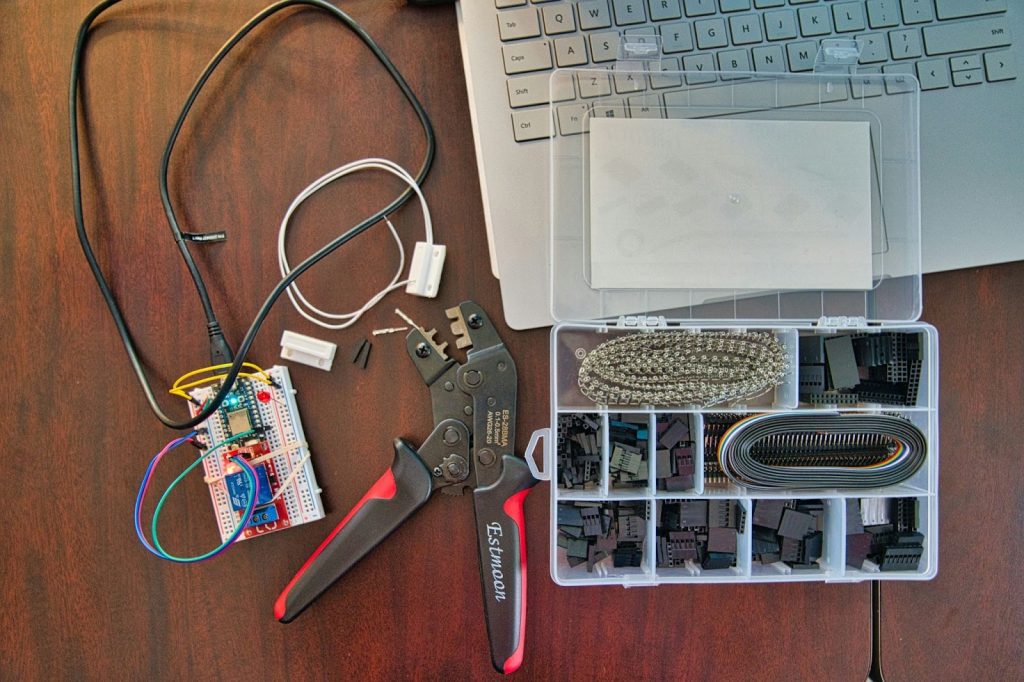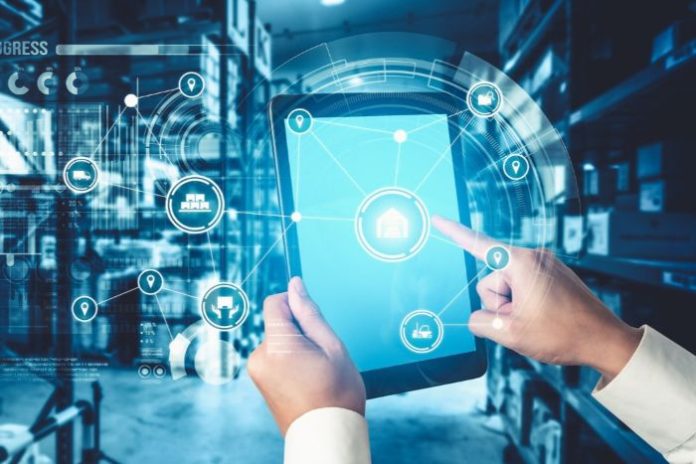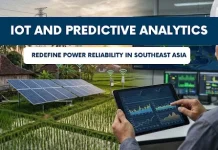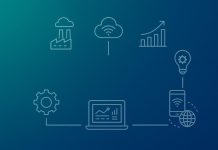5G networks, accessible sensors, and compact AI accelerators are transforming telecommunications into platforms for smart operations. IoT for telecom operators is reshaping the business, enabling data processing at the network edge. Already, nearly a third of U.S. telecom revenue comes from services beyond basic connectivity, and this is more than a trend: real-time sensors predict failures, and edge AI minimizes latency. It’s time to explore how IoT for telecom is driving the next wave of innovation, from architecture to ROI.
Table of contents
- Why Telco + IoT + Edge AI Is the Winning Combo
- Reference Architecture at a Glance
- Priority Use Cases Across Industries
- What Changes for Telcos & Enterprises (Operating Model)
- Data, Security & Compliance at the Edge of Smart Operations
- Build vs. Buy vs. Partner (Decision Matrix)
- What’s Next: GenAI, RIC, and 5G-Advanced
Why Telco + IoT + Edge AI Is the Winning Combo
Telecom provides deterministic latency, network slicing, and MEC (Multi-access Edge Computing), allowing computation to live at the edge. Internet of Things telecommunications adds rich telemetry: sensors collect data on vibration, temperature, or signal strength, like Vodafone’s Managed IoT Connectivity for millions of devices. Our team uses Java web application development services to build scalable platforms that process these data streams, enabling operators to predict failures before they occur.
The combo is finished with Edge AI, which offers model inference within less than 50 ms, provides local privacy, and manages backhaul costs. The business impact is that it improves security and the throughput, which has the effect of reducing downtime.
Key advantages of this trio:
- Sub-50 ms inference, critical for real-time responsiveness;
- Data privacy through local processing;
- Backhaul cost reduction by up to 40%.
These factors make the combination ideal for industries where every millisecond counts. That’s why operators like Verizon are using it for smart cities, saving up to 50% in lighting energy consumption.
Reference Architecture at a Glance

The architecture for Internet of Things telecom is layered: device → gateway → on-prem MEC → cloud. The data plane (MQTT/Kafka streams) is separated from the control plane (ONNX/TensorRT model services with OTA updates).
Zero-touch provisioning automates deployment, RBAC manages access, and observability through metrics and tracing provides visibility.
Here’s an example of typical performance metrics:
| Component | Latency (ms) | Throughput gain (%) | Cost savings (%) |
| Device-to-gateway | <20 | 15-20 | 10-15 |
| Gateway-to-MEC | <30 | 20-25 | 15-20 |
| MEC inference | <50 | 25-30 | 20-25 |
| Cloud sync | <100 | 10-15 | 5-10 |
These figures demonstrate how the architecture optimizes latency and cost, especially in scenarios like smart ports, where every minute of downtime can cost thousands of dollars.
Priority Use Cases Across Industries
IoT and telecommunications shine across multiple sectors. In manufacturing, edge AI enables vision-based quality assurance, predictive maintenance, and cobot safety. Siemens has reduced defects by ~20%. In energy & utilities, IoT detects anomalies at substations, preventing up to 40% of incidents (NERC CIP). Logistics benefits from yard orchestration and asset tracking. Retail also leverages IoT for shrink prevention and seamless checkout, while smart cities use it to optimize traffic and enable V2X alerts, as seen in Taipei, where Chunghwa Telecom reduced parking time by ~30%.
Quick win criteria include:
- Data availability for models;
- Latency below 100 ms;
- Measurable KPIs, such as a 10–15% increase in OEE.
These use cases transform telecom into a platform where solutions anticipate problems rather than react to them. Partnerships with Expert Soft help integrate these capabilities into OSS/BSS systems.
What Changes for Telcos & Enterprises (Operating Model)
Telcos are shifting from selling bandwidth to offering platforms with MEC APIs and RAN exposure. Enterprises gain joint control over MLOps, NetOps, and SecOps. Contracts are evolving into SLAs focused on latency, jitter, and model accuracy (error <5%, ISO/IEC standards). Gartner predicts that by 2026, 70% of U.S. operators will deploy AI for cybersecurity, minimizing outages. It’s like switching from selling fuel to managing a smart operations power plant — operators become hubs of value.
Implementation Roadmap (Fast but Safe)
The roadmap includes:
- Phase 0: Value canvas, KPI foundation, data audit;
- Phase 1 (6–8 weeks): Pilot at one site with a golden dataset, shadow mode, A/B testing;
- Phase 2: Scaling with model registry, CI/CD (canary release), OTA updates;
- Phase 3: Integration with ERP/MES/SCADA, incident workflows, and chargeback mechanisms.
Risks are managed through fail-open strategies, drift detection, rollback protocols, and synthetic testing, reducing disruptions. Pilots in Phase 1 typically deliver ROI within 3–6 months, especially in logistics.
Data, Security & Compliance at the Edge of Smart Operations
Privacy is ensured through on-device inference, selective redaction, and federated learning. Defense-in-depth includes TPM/TEE, signed containers, and SBOM. Regulations like NERC CIP and PCI DSS are integrated natively, which is critical for IoT for telecom, where 4.15 billion devices (Berg Insight) introduce vulnerabilities. Expert Soft implements these measures to keep data secure, even in smart city environments.
Build vs. Buy vs. Partner (Decision Matrix)
Building offers control but demands MLOps expertise; buying delivers speed but risks vendor lock-in; partnering enables co-creation with shared risk. In this context, partnerships with Expert Soft significantly reduce time-to-market through reference architectures. It’s the optimal path for operators balancing speed and flexibility. Measuring Value: KPIs & ROI.
Key metrics include:
- Real-time: P50/p95 latency, inference success rate, bandwidth savings;
- Operational: MTBF/MTTR deltas, OEE lift, false-positive/negative balance;
- Financial: Cost per event, scrap reduction, ROI within 6–18 months.
Example: Verizon’s smart lighting saves 50% in energy, while utilities see a 20–30% cost reduction thanks to predictive maintenance.
What’s Next: GenAI, RIC, and 5G-Advanced
The future lies in small language/vision models at the edge for summarization, RAN Intelligent Controllers (r/xApps) for optimizing AI workloads, and 5G-Advanced with URLLC and energy-aware inference. By 2030, with 29 billion IoT devices, telecom will become a hub for holographic communications and digital twins. It’s like moving from tube TVs to 4K — the potential for smart operations is enormous.
In this landscape, IoT for telecom operators with edge AI is a must-have for 2025 leaders. From manufacturing to smart cities, these technologies unlock new revenue streams like Vodafone’s 150 million IoT connections. We invite you to start with a data audit and pilot connection with Expert Soft to turn your operations into a predictive engine.











